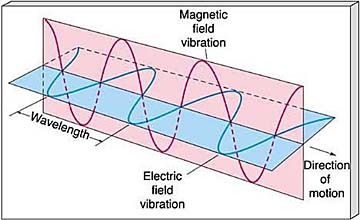
Retraction: Angling a light through, or onto and then off of, a lens, such that the light changes direction based upon the curvature of glass, without loss of coherence or intensity.
Refraction: Angling a light through, or onto and then off of, a lens, such that some of the light fizzles off in other directions as it strikes the incident surface.
Infraction: Angling a light through, or onto and then off of, a lens, such that some of the is trapped within the surface
Intraction: Sucking the light from a source and consuming it, possibly converting it into something else in the process.
Extraction: Exuding light from a light source.
Exfraction: Exuding light from a light source into its component parts.
Difraction: Breaking small parts of the light in many different ways in a two-tined forking manner. This can be done in ways that create diverse deltas, as it is possible to do this in more than one way, e.g. trifraction, quatrofraction, quinfraction, et cetera, alternately.
Exfraction: Breaking light into smaller parts from a single source in an outwards direction to exude it.
Infraction: Breaking light into smaller parts from a single source in an inwards direction to capture it.
Exfusion: Binding light from component parts into a single beam from a single source to exude it.
Difusion: A specific form of exfusion whereby two types of light are bound into a single beam in a cording manner. This can be done in ways that create diverse beams, as it is possible to do this in more than one way, e.g. trifusion, quatrofusion, quintofusion, et cetera, alternately.
Infusion: Binding light from component parts into a single beam from a single source to capture it.
Courtesy of Wikipedia:
Prism Animation

http://upload.wikimedia.org/wikipedia/commons/f/f5/Light_dispersion_conceptual_waves.gif

Leave a Reply
You must be logged in to post a comment.